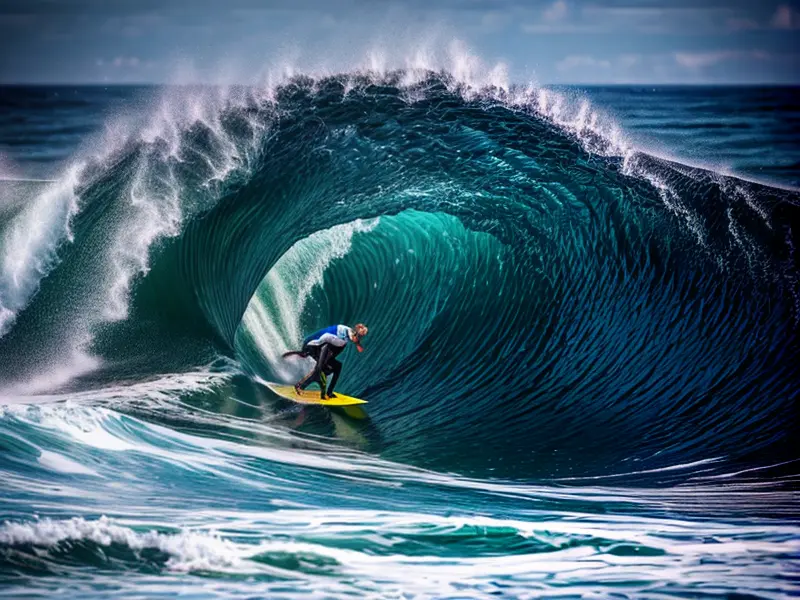Surf Forecasting 101: Predicting the Perfect Wave in the Northeast
Surfing in the Northeast can be an exhilarating experience, with its rugged coastlines and powerful waves. But to make the most of your surf session, it's essential to understand surf forecasting. By learning how to predict the perfect wave, you can increase your chances of catching those epic rides. In this article, we will delve into the basics of surf forecasting, exploring the factors that influence wave formation in the Northeast and equipping you with the knowledge to optimize your surf sessions.
Understanding Wave Formation
The first step in surf forecasting is understanding how waves are created. Waves are generated by the energy of the wind as it passes over the ocean's surface. As the wind blows, friction transfers energy to the water, creating ripples that eventually evolve into waves. The size and power of waves depend on multiple factors, including wind speed, duration, and fetch (the distance over which the wind blows).
In the Northeast, waves are predominantly formed by storms in the Atlantic Ocean. These storms can generate ground swells, which are long-period, consistent waves that travel long distances. Ground swells provide ideal conditions for surfing, as they tend to offer larger, more powerful waves compared to wind swells.
Factors Influencing Surf Conditions
While wave formation is the primary factor for surf forecasting, there are several other elements that impact surf conditions in the Northeast. These factors include tides, local topography, and coastal orientation:
1. Tides: Tides play a vital role in surf forecasting since they can significantly affect wave quality. The best time to catch waves is often during an incoming tide, especially around high tide. During high tide, the water level rises, allowing waves to break over sandbars or reefs more effectively.

2. Local Topography: The underwater topography near the coastline affects wave shape and size. Areas with gradually sloping bottoms produce mellow waves, while steep drop-offs can generate hollow, more powerful waves. Understanding the local topography is crucial for identifying the best surf spots.
3. Coastal Orientation: The orientation of the coastline relative to incoming swells also impacts wave quality. Some stretches of the Northeast coastline are more exposed to incoming swells, resulting in larger waves. Conversely, sheltered areas may experience smaller, more manageable waves.
Utilizing Surf Forecasting Tools and Resources
Surf forecasting has been significantly enhanced by the availability of various tools and resources. These tools provide valuable data on wave height, period, wind direction, and other relevant factors. Here are some key resources every surfer in the Northeast should be familiar with:
1. Surf Forecasts: Websites and mobile apps offer surf forecasts specific to the Northeast. These forecasts provide information on wave height, swell direction, wind conditions, and tide charts. By checking the forecast regularly, surfers can plan their sessions accordingly.
2. Buoy Data: Ocean buoys provide real-time information on wave and weather conditions. Buoys equipped with sensors measure wave height, period, and direction, giving surfers a more accurate understanding of what to expect in the ocean.
3. Local Knowledge: Local surf communities and experienced surfers can be valuable resources for surf forecasting. They possess firsthand knowledge of the area's surf spots, prevailing conditions, and how they relate to specific swells. Engaging with the local surfing community can provide insights that online tools may not capture.
Surf forecasting is an essential skill for maximizing your surfing experience in the Northeast. By understanding wave formation, the factors that influence surf conditions, and utilizing available forecasting tools and resources, you can increase your chances of finding the perfect wave. Remember to always prioritize safety and respect the ocean while enjoying the exhilarating sport of surfing in the beautiful Northeast.
